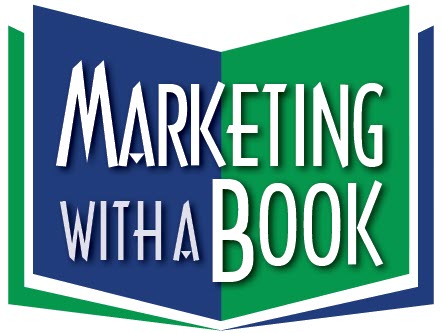Do you have a lead generation question? If you don’t mind seeing the question and answer (but not your name) published on the Web site, we are happy to answer your questions. Please e-mail your question to henry@newclientmarketing.com.
Q: Why do you think brochures are a colossal waste of money for professional service firms?
A: Who you gonna believe? When you have a business decision to make, which would you believe more: a slick brochure, or a case study written by an expert in a national trade publication? How about a book co-authored by the person you’re talking to about her services? Meaningful publications provide far more credible sales messages. In fact, a recent research study showed that industry trade journals are perceived as more credible sources of information than even the traditional business press of The Wall Street Journal,Forbes, Business Week and the like.
Q: How do I get a trade journal editor to write about my firm?
A: Get down to cases–but don’t focus only on your own customer. Most trade editors are always looking for interesting case histories. Most want solid numbers to back up the story, but are willing to accept percentages (e.g., sales increased 44 percent over the previous year, expenses were cut by 56 percent, two out of three customers are now experiencing gains). The catch here is balance, though; just as most people want to see numbers, they also want to know how a case study of somebody in an entirely different vertical or horizontal market applies to them. Extract your main points and call them best practices; put them in a callout box or make them easy to find in some other way.
Q: Will my customers agree to being publicized?
A: Usually, if you sell your customers on the idea. Perhaps the most difficult part of obtaining published publicity may be selling your best customers on the idea of agreeing to be interviewed and quoted. The time commitment on their part is probably three to five hours during a period of four weeks. They will want to be assured they won’t be giving away any trade secrets. Probably about 1 in 4 will agree to share the information, data and procedures that you need–and you should make it your goal to get through the “No’s” as quickly as possible. Your customers’ reticince isn’t unusual, but it’s also not universal. Go get ’em.
Q: What is the best approach to obtain a trade journal article?
A: Pitch first, ask interview questions later. Before investing time and money in writing a case study, pitch the idea to the trade editor first. This can be done over the phone or with a short, compelling letter. Once you have his or her go-ahead, you can interview your customer.
Q: Why do these articles sometimes fail to see publication?
A: Spare the superlatives. Editors will accept only articles that provide information and omit the promotional language. This is not an advertisement that you control. If you violate this basic principle, the editor will reject your story. The good news and the bad news is that editors probably reject 90 percent of the ghostwritten articles that are submitted; bad news if you make it too promotional, good news (less competition for you) if you write it like a staff writer. And by all means, avoid insider jargon that flags you as a vendor, not a writer. Terms like “win-win integrated solutions” may have meaning in your world, but in your editor’s world, they wave huge red flags.
